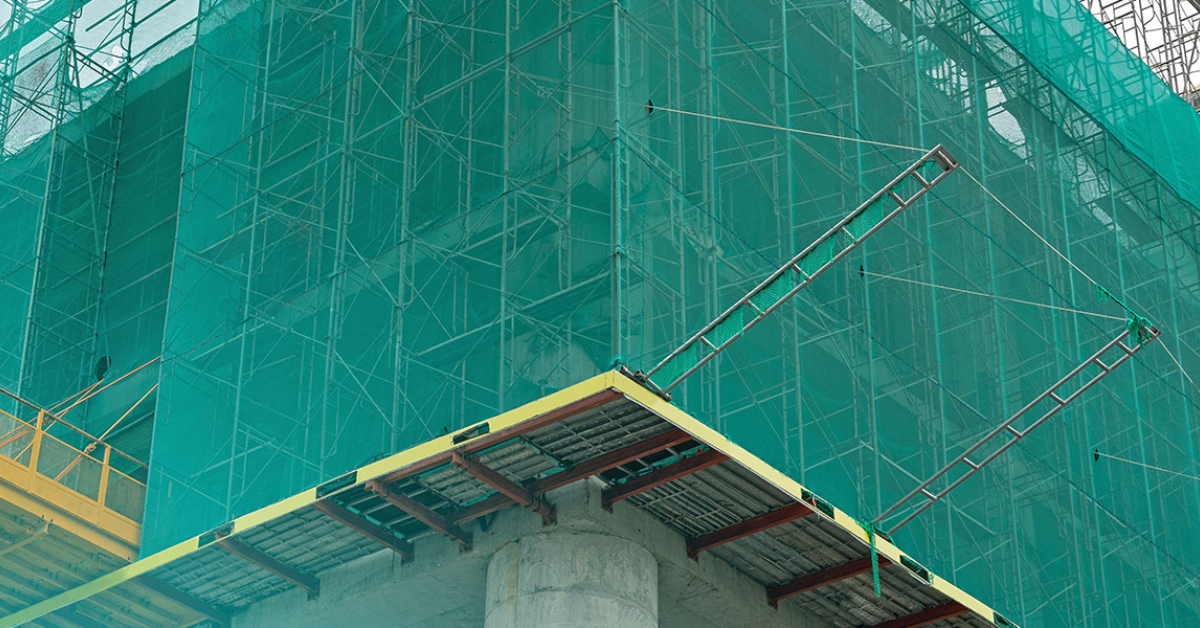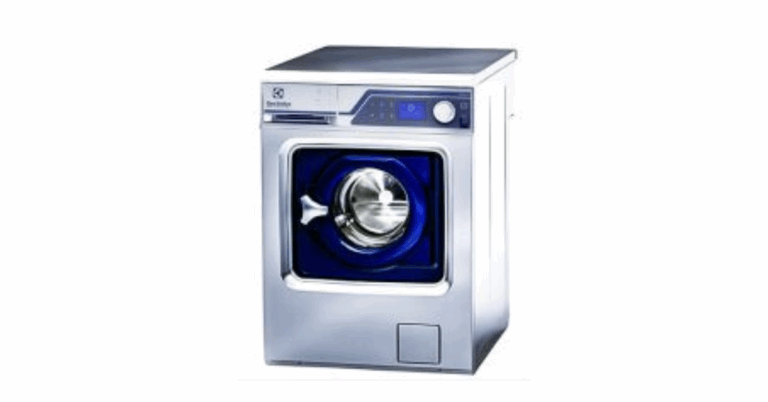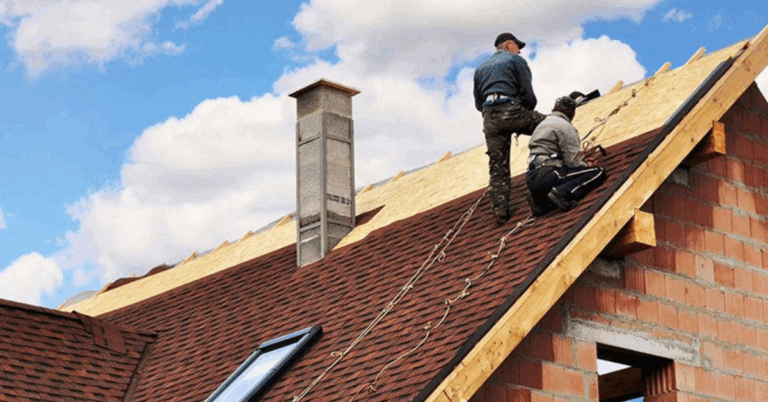Construction Safety Netting in Singapore: Protecting Lives and Projects
In Singapore’s rapidly evolving skyline, safety is the invisible foundation of every successful build. Among the most essential protective measures on-site is Construction Safety Netting — a crucial component that prevents accidents, safeguards property, and supports legal compliance.
At MyCanvas Connection, we supply and install high-quality construction safety netting designed to withstand harsh conditions, minimize fall risks, and enhance overall site safety. This article offers an in-depth look at the importance of safety netting, its types, regulatory requirements, and how it contributes to safe and efficient construction operations in Singapore.
What Is Construction Safety Netting?
Construction safety netting is a durable mesh barrier system installed on construction sites to prevent:
-
Falls from height (personnel protection)
-
Falling debris or tools (object containment)
-
Hazards to pedestrians and nearby properties
Made from high-strength synthetic fibers like polypropylene or polyamide, these nets serve as passive safety systems, offering 24/7 protection without requiring active participation from workers.
Why Safety Netting Is Essential on Construction Sites
✅ Worker Safety
Falls from height remain one of the top causes of injury and death in the construction industry. Safety netting provides a wide coverage zone that catches personnel, significantly reducing injury severity or fatality risk.
✅ Public and Property Protection
In dense urban settings like Singapore, netting prevents loose tools, tiles, or materials from endangering pedestrians, vehicles, or adjacent buildings.
✅ Legal Compliance
Under Singapore’s Workplace Safety and Health Act, developers and contractors are required to implement reasonably practicable measures to minimize risk. Construction netting often forms part of these control strategies.
✅ Cost Savings
Accidents lead to delays, fines, and higher insurance premiums. Investing in proper netting reduces these risks and improves productivity.
Types of Construction Safety Netting
Depending on site requirements, safety netting comes in different types:
🟧 1. Personnel Fall Arrest Netting
Installed beneath working platforms or scaffolds, this netting catches workers if they fall. It must meet international safety standards like EN 1263-1 for strength and energy absorption.
🟩 2. Debris Netting
Designed with a finer mesh to contain falling materials like bricks, tools, and concrete fragments. Often used on scaffolding to protect surrounding areas.
🟦 3. Scaffold Netting / Vertical Netting
Hung vertically along scaffolds, this netting prevents sideways falls, restricts unauthorized access, and helps contain dust and small debris.
🟨 4. Perimeter Safety Nets
Mounted at building edges or slabs, these nets offer fall protection and mark hazardous zones for both workers and equipment.
Key Features of Quality Construction Netting
When choosing safety netting, consider the following specifications:
| Feature | Importance |
|---|---|
| High tensile strength | To absorb the force of a falling worker or object |
| UV resistance | To endure Singapore’s tropical climate |
| Flame retardancy | To comply with SCDF safety standards |
| Knotless design | Reduces entanglement and simplifies cleaning |
| Easy installation loops | Saves time during mounting |
| Custom sizing | Fits unique layouts and multi-storey builds |
Applications of Construction Safety Netting
Construction safety netting is widely used across sectors, including:
🏢 High-Rise Residential and Commercial Projects
Installed between floor slabs or on façade scaffolds to prevent falls and falling materials.
🛠️ Industrial and Infrastructure Projects
Used in factories, tunnels, MRT developments, and plant facilities to protect elevated workers and sensitive equipment.
🏗️ Demolition Sites
Contains debris from crumbling structures and shields adjacent properties.
🧱 Renovation and Cladding Works
Provides dust control and public protection in urban renovation projects.
Installation and Maintenance
Proper installation is key to the performance of any safety net. Here’s what you need to know:
🔧 Installation Guidelines
-
Nets should be anchored to load-bearing structures
-
Follow EN 1263-2 for installation practices
-
Maintain maximum fall distance limits (typically under 6m)
-
Install with proper edge ropes, carabiners, or scaffold hooks
🔍 Inspection and Maintenance
-
Perform daily visual checks for damage, sagging, or loose connections
-
Conduct formal inspections weekly
-
Replace any torn, UV-degraded, or shock-damaged netting immediately
MyCanvas Connection provides on-site assessments, installations, and inspection services to ensure maximum compliance and safety.
Legal and Regulatory Considerations in Singapore
Construction safety netting must align with local codes and safety regulations:
📜 Workplace Safety and Health (WSH) Act
Mandates proactive risk control for fall protection. Failure to implement adequate fall-prevention systems can lead to prosecution, stop-work orders, or financial penalties.
📘 WSH Guidelines for Working at Height
Outlines approved systems like safety nets, harnesses, and guardrails. The guidelines recommend nets for work above 3 meters where other systems are impractical.
🔥 SCDF Fire Safety Code
Requires flame-retardant materials on construction sites. Nets must pass fire spread and ignition tests to be approved.
FAQs About Construction Safety Netting
Q1: What’s the difference between debris netting and personnel netting?
A: Debris netting is finer and designed to contain falling materials, while personnel netting is stronger and absorbs the force of a falling human body.
Q2: Can safety nets be reused after a fall?
A: No. Nets that have been impacted by a fall must be removed, inspected, and certified before reuse—or replaced altogether.
Q3: How often should netting be inspected?
A: Daily visual inspections are mandatory. Formal weekly inspections should be documented and signed off by safety officers.
Q4: Does construction netting need to be certified?
A: Yes. It should comply with EN 1263-1 (net quality) and EN 1263-2 (installation standards). Flame retardancy is also required for SCDF compliance.
Q5: How long can a net last in Singapore’s weather?
A: With UV-stabilized materials, netting can last 6–12 months or more. However, exposure, usage intensity, and regular maintenance determine actual lifespan.
Choosing the Right Supplier for Safety Netting
When sourcing construction netting, consider these critical factors:
✔️ Certified Materials
Only choose suppliers who provide certification documents for netting strength, fire resistance, and safety compliance.
✔️ Custom Solutions
Every site is different. Choose a provider like MyCanvas Connection that offers tailor-made netting systems, site inspections, and installation support.
✔️ After-Sales Support
Ensure they offer regular maintenance checks, replacement services, and compliance documentation to support audits or inspections.
✔️ Competitive Pricing
Safety netting is an investment in human life. While cost matters, avoid compromising on safety to save a few dollars.
The MyCanvas Advantage
At MyCanvas Connection, we’re more than just a netting supplier. We are partners in construction safety.
✅ Certified Safety Netting: Meets EN 1263 standards
✅ Professional Installation: On-site support by trained technicians
✅ Custom Sizes & Configurations: Built to fit any scaffold or building layout
✅ Weather & Fire Resistant: Engineered for Singapore conditions
✅ Fast Turnaround: Responsive delivery for urgent site needs
Conclusion
In an industry where lives hang in the balance, construction safety netting is not a luxury — it’s a necessity. From fall prevention to debris control, quality netting ensures the safety of your workers, protects the public, and keeps your project in full compliance with Singapore’s rigorous safety laws.
Choose MyCanvas Connection for durable, certified, and professionally installed safety netting that supports your commitment to a safe and successful build.






